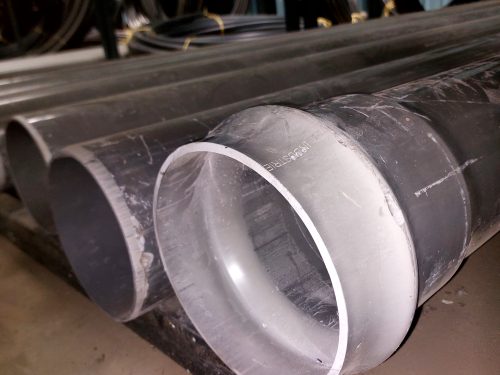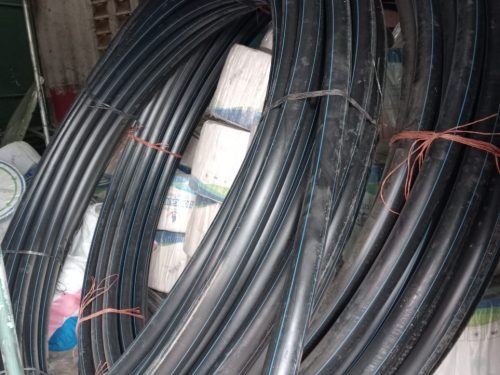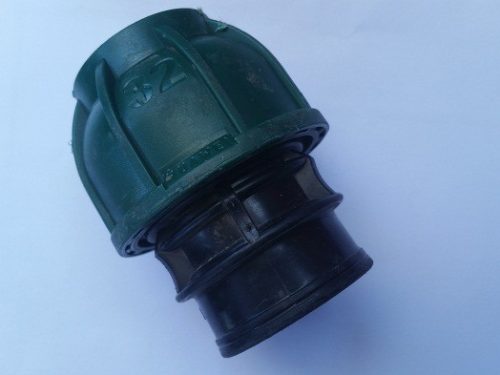Description
Rain hose irrigation pipes cost in Kenya
As the name suggests, rain hose pipes is an overhead irrigation system that performs as a misters or sprinklers mode of operation. Rain hose irrigation pipes cost in Kenya has become the alternative cost as compared to other costs of irrigation types such as overhead irrigation and drip irrigation costs because of it is generally:
- Less expensive as compared to other forms of overhead irrigation
- Easy to install the components
- Covers wide ranges using a single lateral up to 7 meters’ radii
- Maintenance cost is relatively low
- Low initial capital investments as compared to drip irrigation
Components of rain hose irrigation pipes
The majority of rain hose parts consist of mainline which is either HDPE pipes or PVC pipes as the main water conveyor channels though some people may consider PPR pipes
From the main pipe, lateral are the tributaries or the sub channels upon which water jets to rows of plants.
Laterals are connected to the main lines using special barbed connectors (take-offs) which enhances the tight gripping of the rain hose.
Finally, at the end of the rain hose, end plugs (end caps) are often put to cork up the system
Manufacture tips on rain hose irrigation pipe
A low-density polyethylene (LDPE) pipe is foremost composition of the rain hose irrigation pipe. The pipe, measuring either fifty or a hundred meters long, is sequentially punctured along its length at determined intervals using Nanotechnology (technology dealing with dimensions less than 0.0001 millimeters) to perforate the pipe for water emission.
Rain hose irrigation pipe sizes, specifications and prices
| Size (mm) | Wetting radius(meters) | Running length(meters) | Price per 100m |
| 32mm | 3 | 100 | 3,700 |
| 40mm | 5 | 100 | 4,700 |
| 50mm | 7 | 100 | 5,700 |
Application of rain hose irrigation pipe.
This mister-type of irrigation system is majorly used on low crops either in nursery or open fields. Its commonly used for vegetables (cabbage, lettuce, broccoli, kales, spinach, collards,), fruits (carrot, strawberry,), pasture, grass and legumes.
Since rain hose irrigation pipes involve overhead water ejections, it is it suitable for crops that are predominant to fungal diseases due to leaf surface wetness.
The crops that are not suitable under rain hose irrigation pipes may include tomatoes, potatoes, peppers, peas, green beans, and chili
Installation of rain hose irrigation pipes.
Ensure that the field to be irrigated is evenly plain and free from debris and litter
Most rain hose irrigation systems require a pressure of 3 bars or 30 meters’ height, therefore, ensure that your water pup head must be above a 30-meter head lift.
Install the mainline in the ratio of 1.5:1 that is if the sub-main (rain hose) is 32mm, the main line should be above 40mm. this normalized pressure distribution across the system.
After the mainline layout, run the rain hose pipes across the mainline to the end of the land to be irrigated.
Using the appropriate punching tool, make desirable holes along the mainline to enable the insertion of rain hose pipe takeoffs.
Professional punching of holes must be adhered to prevent leakages which normally result in water and pressure losses.
Rain hose takeoffs come depending on the size of the rain hose. After takeoff insertion, connect the rain hose to the take-offs and using the fixing nob tightly tie the rain hose to the takeoff.
Lastly, use the end cap plug to cork off the rain hose pipe




